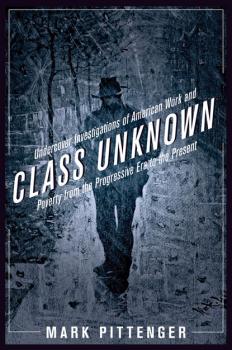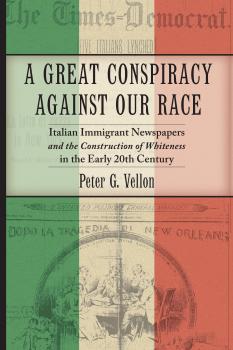ТОП просматриваемых книг сайта:















Culture, Labor, History
Скачать книги из серии Culture, Labor, HistoryАннотация
Millions of laborers, from the Philippines to the Caribbean, performed the work of the United States empire. Forging a global economy connecting the tropics to the industrial center, workers harvested sugar, cleaned hotel rooms, provided sexual favors, and filled military ranks. Placing working men and women at the center of the long history of the U.S. empire, these essays offer new stories of empire that intersect with the “grand narratives” of diplomatic affairs at the national and international levels. Missile defense, Cold War showdowns, development politics, military combat, tourism, and banana economics share something in common—they all have labor histories. This collection challenges historians to consider the labor that formed, worked, confronted, and rendered the U.S. empire visible. The U.S. empire is a project of global labor mobilization, coercive management, military presence, and forced cultural encounter. Together, the essays in this volume recognize the United States as a global imperial player whose systems of labor mobilization and migration stretched from Central America to West Africa to the United States itself. Workers are also the key actors in this volume. Their stories are multi-vocal, as workers sometimes defied the U.S. empire’s rhetoric of civilization, peace, and stability and at other times navigated its networks or benefited from its profits. Their experiences reveal the gulf between the American ‘denial of empire’ and the lived practice of management, resource exploitation, and military exigency. When historians place labor and working people at the center, empire appears as a central dynamic of U.S. history.
Информация о книге
Автор произведения Группа авторов
Жанр Юриспруденция, право
Серия Culture, Labor, History
Аннотация
Since the Gilded Age, social scientists, middle-class reformers, and writers have left the comforts of their offices to «pass» as steel workers, coal miners, assembly-line laborers, waitresses, hoboes, and other working and poor people in an attempt to gain a fuller and more authentic understanding of the lives of the working class and the poor. In this first, sweeping study of undercover investigations of work and poverty in America, award-winning historian Mark Pittenger examines how intellectuals were shaped by their experiences with the poor, and how despite their sympathy toward working-class people, they unintentionally helped to develop the contemporary concept of a degraded and «other» American underclass. While contributing to our understanding of the history of American social thought, Class Unknown offers a new perspective on contemporary debates over how we understand and represent our own society and its class divisions.
Аннотация
Racial history has always been the thorn in America’s side, with a swath of injustices—slavery, lynching, segregation, and many other ills—perpetrated against black people. This very history is complicated by, and also dependent on, what constitutes a white person in this country. Many of the European immigrant groups now considered white also had to struggle with their own racial identities. In A Great Conspiracy against Our Race, Peter Vellon explores how Italian immigrants, a once undesirable and “swarthy” race, assimilated into dominant white culture through the influential national and radical Italian language press in New York City. Examining the press as a cultural production of the Italian immigrant community, this book investigates how this immigrant press constructed race, class, and identity from 1886 through 1920. Their frequent coverage of racially charged events of the time, as well as other topics such as capitalism and religion, reveals how these papers constructed a racial identity as Italian, American, and white. A Great Conspiracy against Our Race vividly illustrates how the immigrant press was a site where socially constructed categories of race, color, civilization, and identity were reworked, created, contested, and negotiated. Vellon also uncovers how Italian immigrants filtered societal pressures and redefined the parameters of whiteness, constructing their own identity. This work is an important contribution to not only Italian American history, but America’s history of immigration and race.



